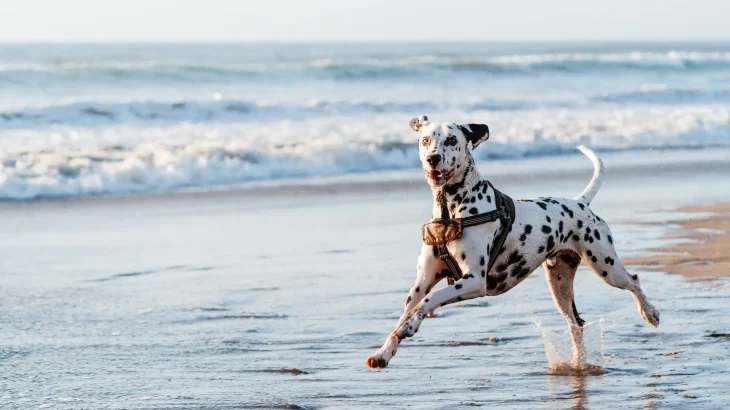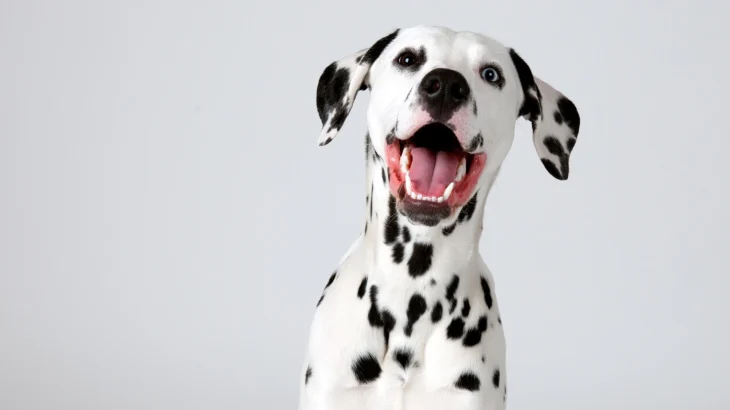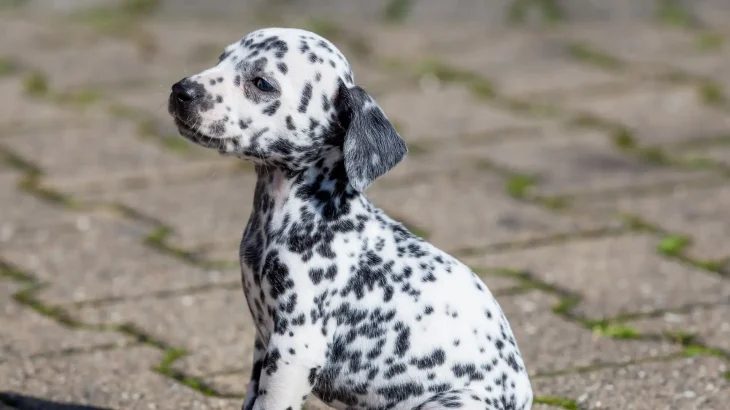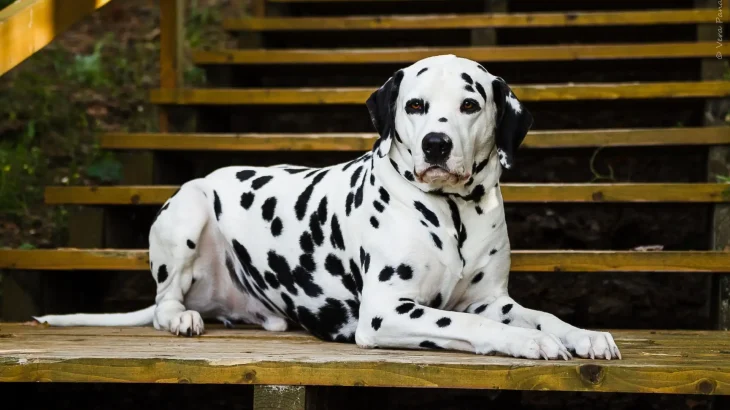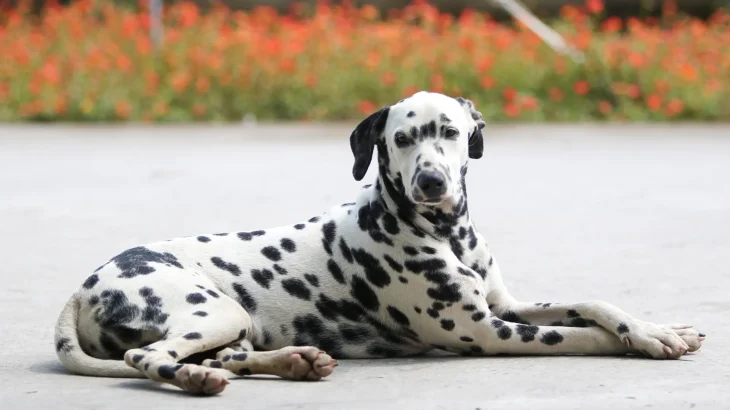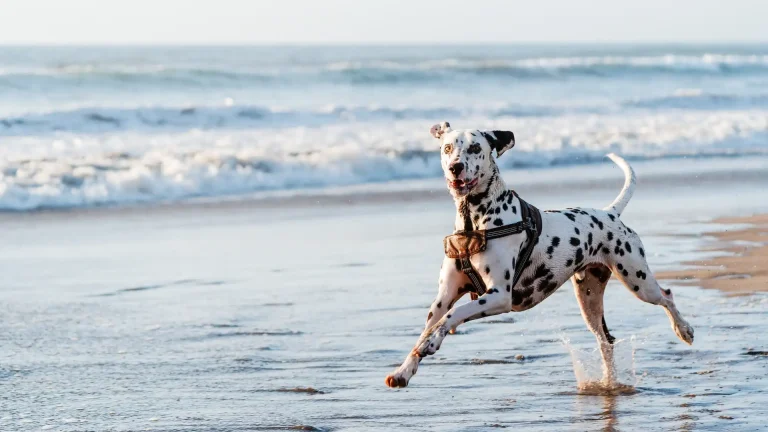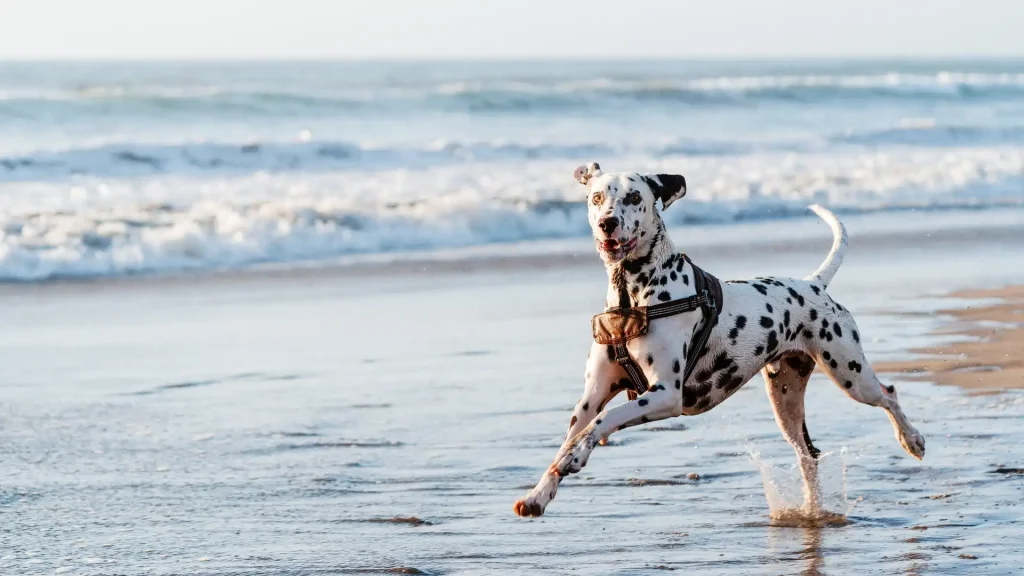Deciding whether to buy or adopt a Dalmatian puppy involves weighing factors like cost, health transparency, and ethical considerations. Buying from a breeder may offer more detailed health history and pedigree assurance, while adopting gives you a chance to rescue a dog in need and often comes with lower costs.
| Criteria | Buying from Breeder | Adopting from Shelter/Rescue |
|---|---|---|
| Cost | Higher initial cost, often $500-$2,000 depending on bloodline and breeder reputation. | Lower adoption fees, typically $50-$400, often including initial veterinary care. |
| Health History | Detailed health records and genetic screening often available. | Health history may be limited; shelters provide basic health checks and vaccinations. |
| Age Availability | Primarily puppies, allowing for early socialization and training. | Variety of ages available, including puppies, adults, and seniors. |
| Temperament Insight | Breeders can provide info on lineage and typical breed temperaments. | Shelter staff share behavioral observations, but background is often unknown. |
| Supporting Practices | Supports responsible breeding programs; choosing ethical breeders avoids puppy mills. | Supports animal welfare by finding homes for dogs and reducing shelter crowding. |
| Risk of Genetic Disorders | Lower risk with reputable breeders screening for breed-specific health issues. | Varies; unknown genetic background may increase risk but allows adoption of mixed Dalmatian mixes. |

